Almost four years ago, drenching sweats and sleepless, aching nights forced Don Hendrickson into the emergency room.
Test results returned a devastating diagnosis: a rare, stage 4 kidney cancer called chromophobe renal cell carcinoma. He was 58.
The news hit him like a freight train.
“It felt like I was in a fog,” he said. “I thought, ‘It doesn’t feel like I have cancer,’ of course nobody knows what it feels like.”
Brian Lane, MD, PhD, chief, division of urology, for Spectrum Health Medical Group, surgically removed Hendrickson’s left kidney, but found that the cancer had spread.
“There was no way it was all coming out,” Dr. Lane said.
Survival beyond a year was a long shot.
“There is no protocol for what to do for Don’s cancer,” Dr. Lane said, “so if he saw an oncologist, we don’t know what would work.”
At Dr. Lane’s request, and with Hendrickson’s permission, Van Andel Institute researchers went to work analyzing the genetic makeup of his tumor.
“Based on his tumor’s genes, we suspected that a targeted molecular therapy with a drug that blocks blood vessel growth and starves the tumor, would work,” Dr. Lane said.
It did: The chemo pill dramatically reduced the size of the cancer that remained, and Dr. Lane was able to go in surgically and get what was left.
“I came home on Easter Sunday the second time,” Hendrickson said.
Today he’s a healthy 61-year-old, carrying his 11-month-old granddaughter, Karolina, and showing off his 14-by-20-foot garden full of tomatoes, string beans, cantaloupe, zucchini and herbs. He calls it a miracle he’s here.
His doctors might well agree.
‘We had the pieces in place’
Hendrickson’s case was one of the early successes that led Dr. Lane and colleagues to create the Center for Personalized Cancer Care.
Cancers are notorious escape artists known to morph, spread and kill, despite the best efforts to eradicate them.
Now, a specialty medical team is working cooperatively, looking into cancers’ internal operating systems, analyzing their defense breaches, and targeting treatments to repair them.
Their goal: Destroy the cancer before the cancer destroys the person carrying it.
How? By targeting therapy based on specific genetic changes in a patient’s specific cancer.
What Dr. Lane calls “a commitment of the Cancer Center to approach patients differently,” is a cooperative system which brings together experts from the Spectrum Health Cancer Center, Cancer Research Consortium of West Michigan, Cancer and Hematology Centers of Western Michigan, Michigan State University, and the Van Andel Institute.
The system, which cuts across what he calls the geography of doctors’ offices, comes into play in cases “where there is no clear (treatment) guideline or FDA-approved course of action,” Dr. Lane explained.
It could be a rare cancer, one that has spread beyond good options to control, or as Dr. Lane put it: “Where it is unclear to the physician what the next step in treatment should be.”
“We had the pieces in place, but we hadn’t brought them together,” Dr. Lane explained.
Those pieces came together in Hendrickson’s case as current scans show no lingering evidence of disease.
“Don had a miraculous response,” Dr. Lane said.
How personalized cancer care works
Dr. Lane dates the beginning of the Center for Personalized Cancer Care to June 2014, shortly after the Advanced Technology Lab at Spectrum Health Cancer Center began to offer next generation sequencing testing of clinical samples.
Ideally, the process begins with a nurse navigator, which Dr. Lane calls essential, especially when doctors, however skilled or dedicated, are crazy busy.
Cases are flagged for the doctor, who can recommend molecular testing.
Tumor and blood samples move through the lab, DNA is extracted and samples move on to genetic sequencing and analysis.
A report goes to a Tumor Sequencing Advisory Board for review, discussion, and consideration of clinical trials and other potential options for the patient and treating physician to pursue.
Recommendations go to the patient’s doctor for review and treatment decisions, which are presented to the patient.
If the treatment is not recommended to a patient or insurance won’t cover it, it can be a frustrating time for the patient.
“What is a year of life worth?” Dr. Lane asks.
Not the end of the story
In Hendrickson’s case, one of the most priceless parts of the years since his successful treatment is the two days a week he and his wife of 30 years, Christine, spend with their twin grandchildren, shy Karolina, and “bring it on” Marek, while their folks, Maria and Jason Szotko, are at work.
When the twins are in residence, Marek often has him on the run: Scooting for the stairs, getting grandpa to chase him up, bring him back down, and starting all over again.
Not that Hendrickson is complaining.
“When I was on the road, you miss a lot,” Hendrickson, a former CSX Transportation worker, says about bringing up daughters Maria and Chelsea. “With these little ones, I don’t have to.”
The end of his story isn’t the end of the story for other patients.
“We want to know if the outcome in Don’s case is 1 in a million or 1 in 2,” Dr. Lane said. “We need to figure out how often a personalized approach to cancer treatment works.”
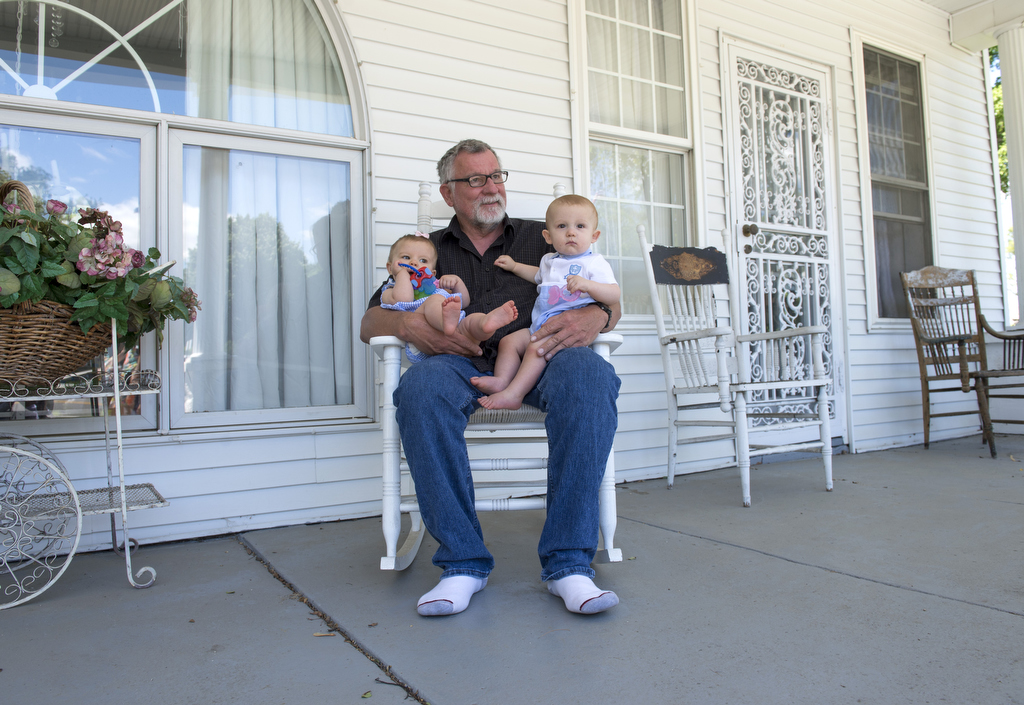
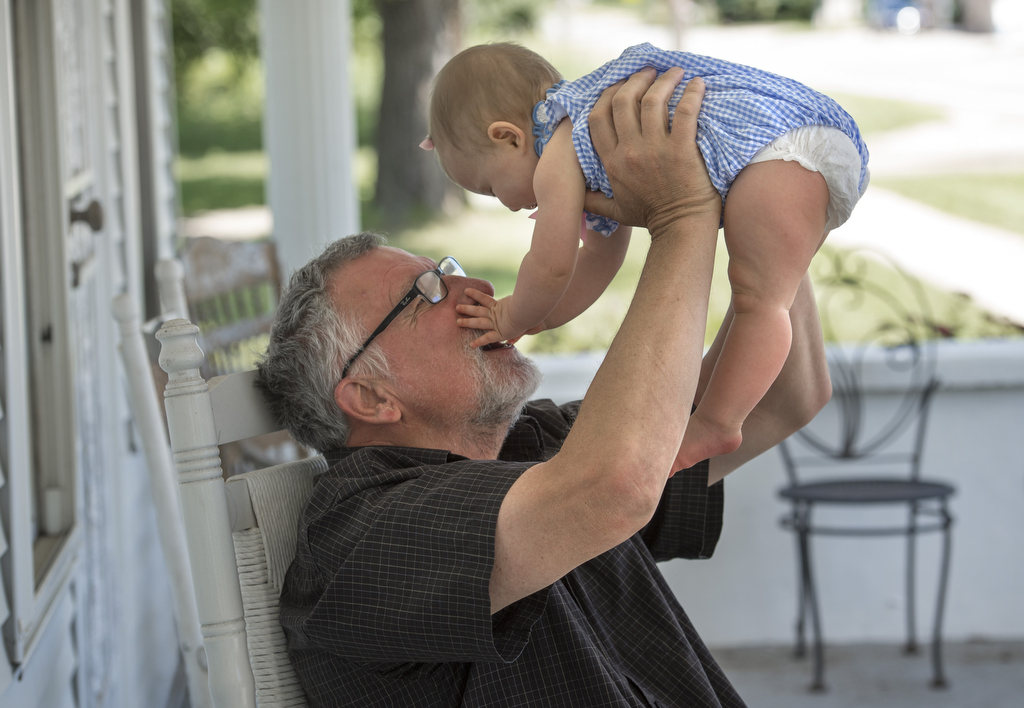
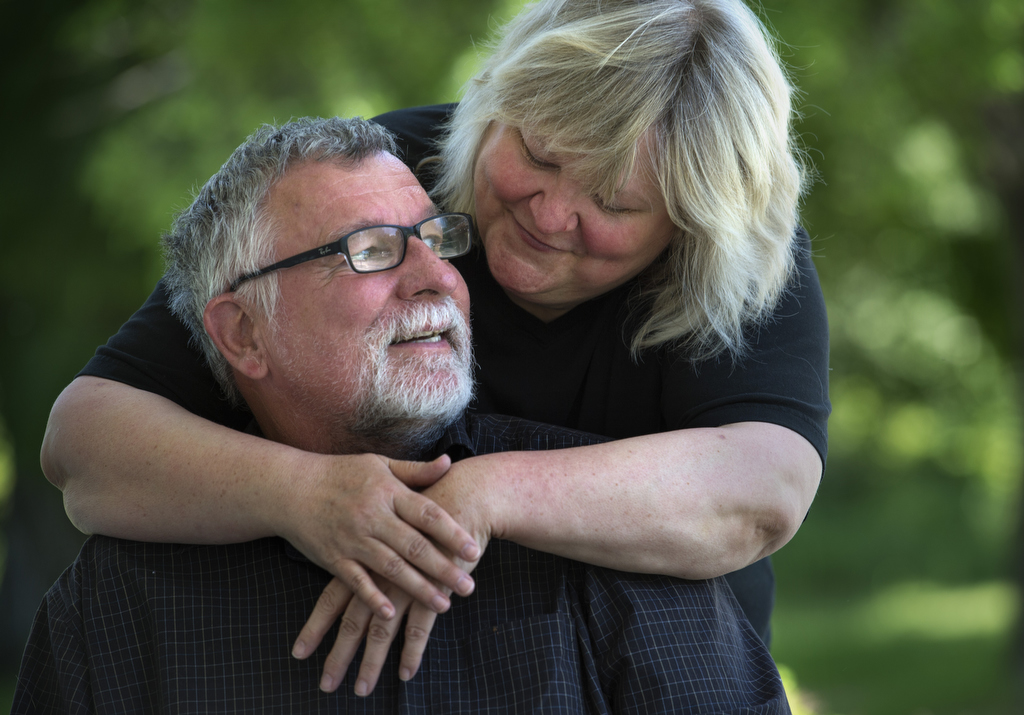
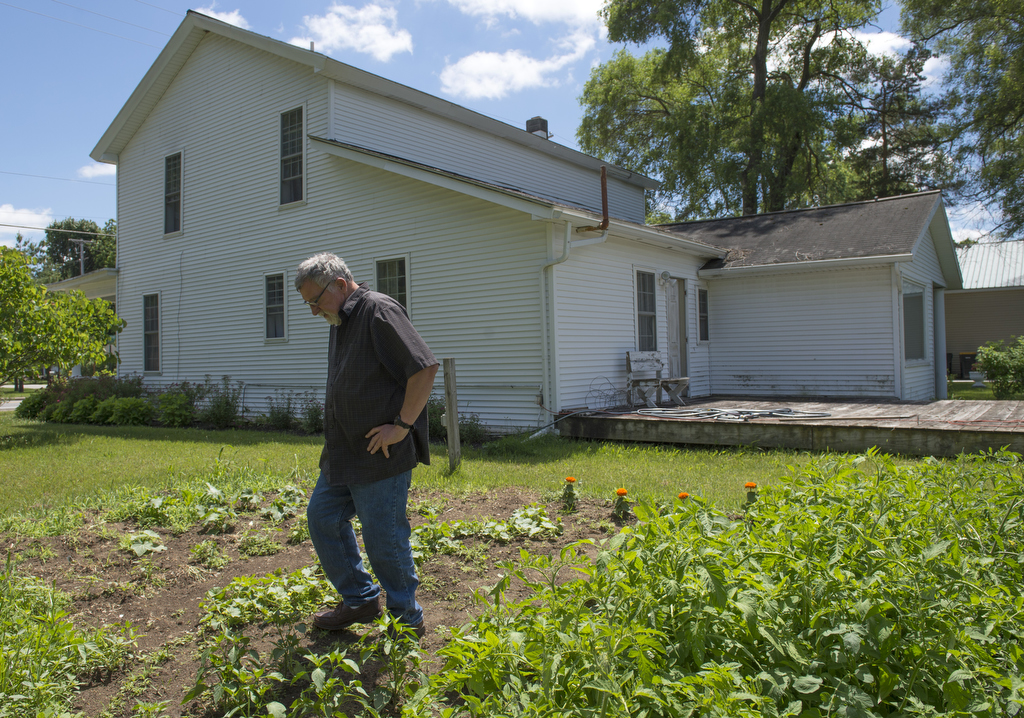





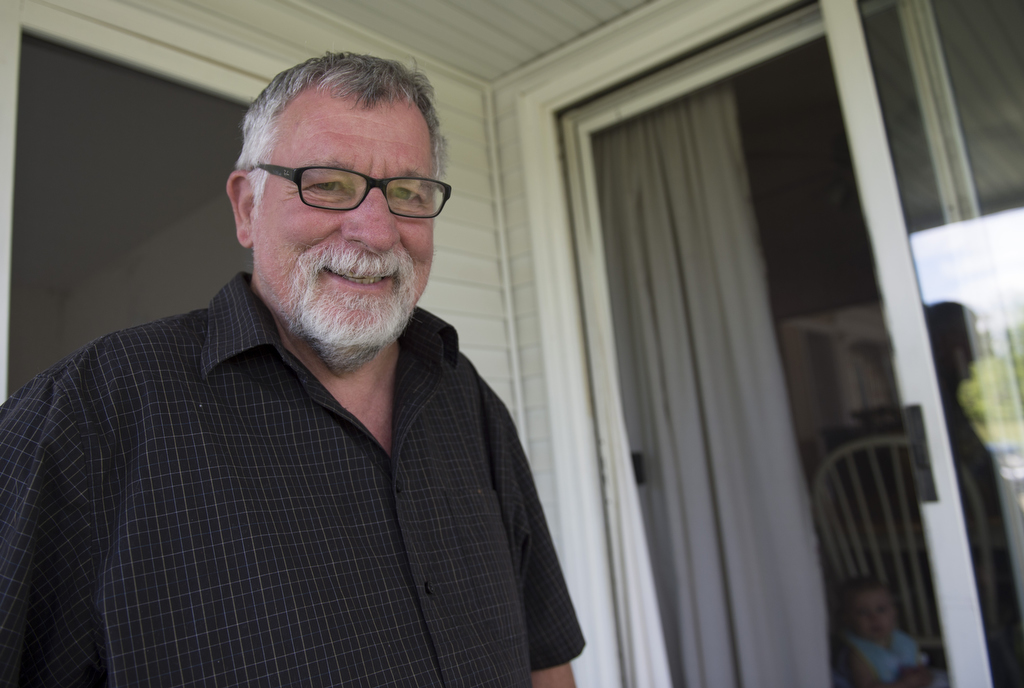
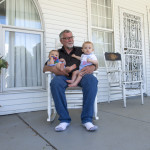





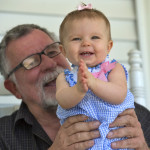




 /a>
/a>
 /a>
/a>
 /a>
/a>